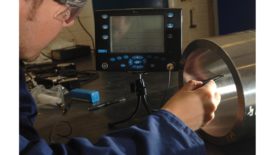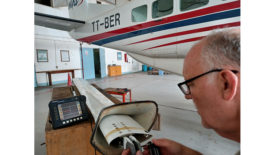Home » certification
Articles Tagged with ''certification''
Happy World Metrology Day!
The International Definition of Calibration, Verification, Validation, Certification, and Adjustment
May 20, 2024
Standards
Elevating Aerospace Safety: Uniting Stakeholders for a Safer, More Efficient Aviation Industry
Twenty-five years ago, the International Aerospace Quality Group sought to harmonize the aviation, space, and defense industries.
April 25, 2024
NDT | Standards
Certification standards within nondestructive testing: Options for NDT Personnel
As NDT evolves, it is typical for the personnel certification requirements attributed to the NDT methods, technologies and techniques to also evolve.
March 13, 2024
Speaking of Quality | Lisa El-Shall
Foster a Sense of Belonging
While part of the Richmond section, we had an opportunity to work with a local charitable organization to revamp their donations using 5S and Lean Principles.
February 28, 2024
Speaking of Quality | Doug Wood
How I got into Quality
I've always been willing to try new things
October 24, 2023
NDT | Training
Focus on the Training Quality
Industry veteran Charles Hellier discusses how to improve training within NDT.
October 9, 2023
Quality Headline
Tooling Tech Group Announces ITAR-Compliance Across All Facilities
August 14, 2023
NDT | Trends
Taking Your NDT Certification to the Next Level
How a level II inspector can progress toward the goal of being a competent level III.
August 8, 2023
Quality Management
The Value of a Certified Quality Management System
What's in a name - or a certification?
July 31, 2023
Stay in the know with Quality’s comprehensive coverage of
the manufacturing and metrology industries.
eNewsletter | Website | eMagazine
JOIN TODAY!Copyright ©2024. All Rights Reserved BNP Media.
Design, CMS, Hosting & Web Development :: ePublishing












